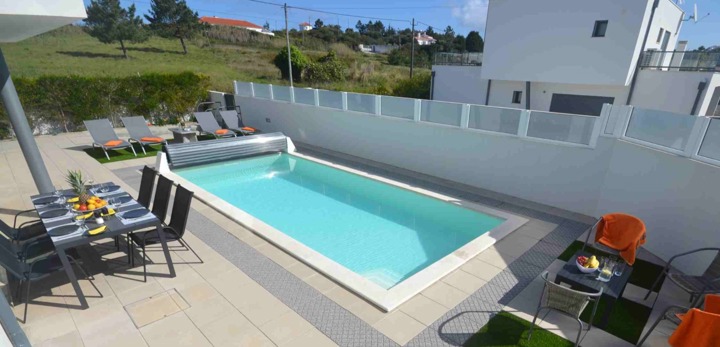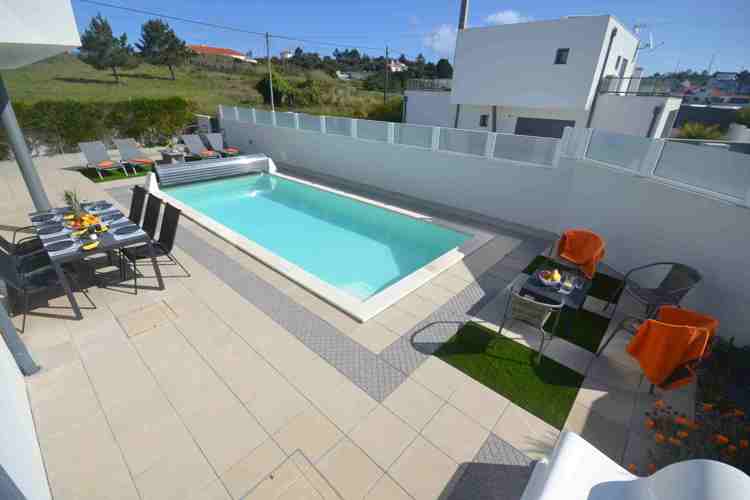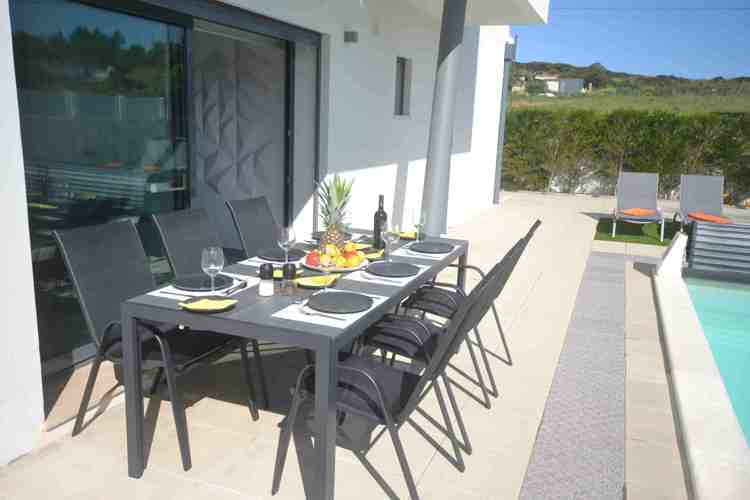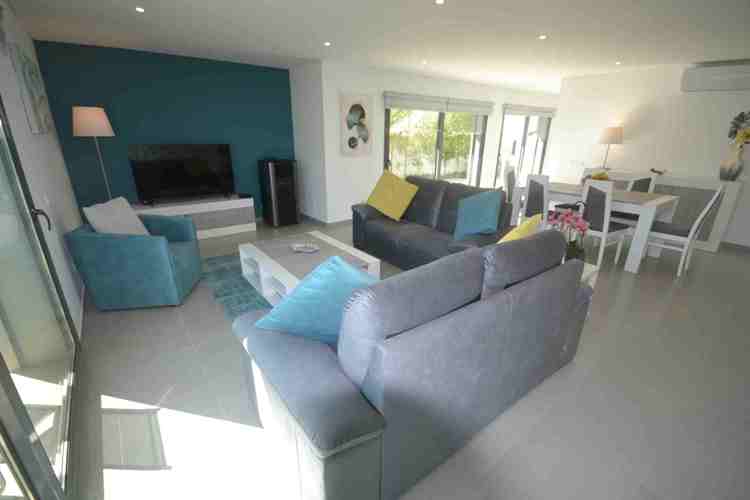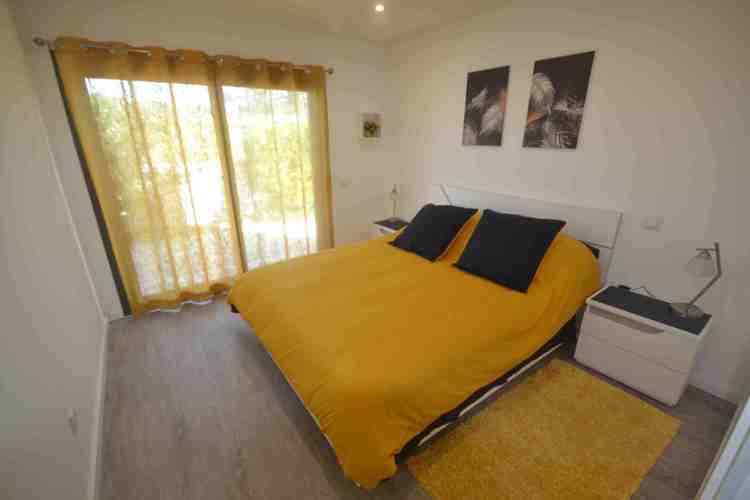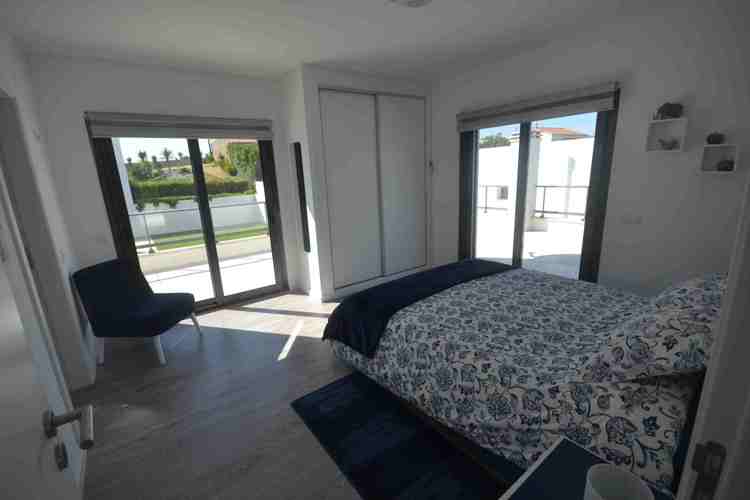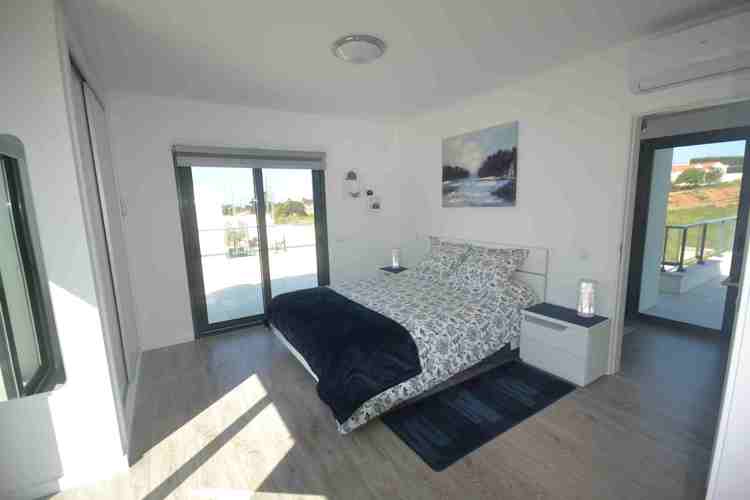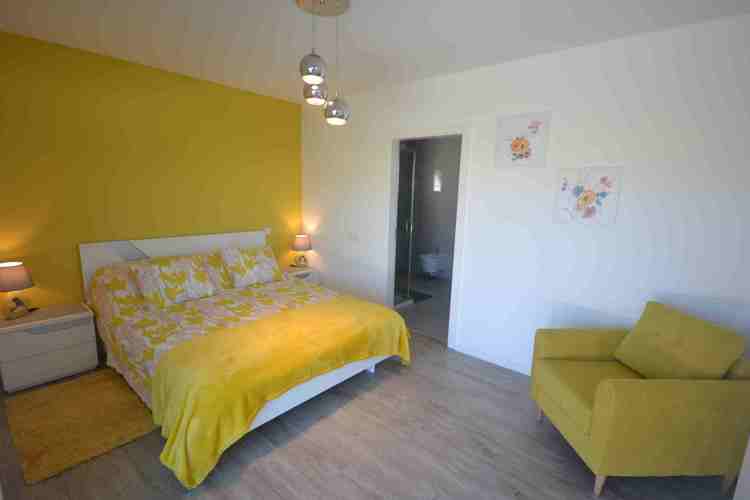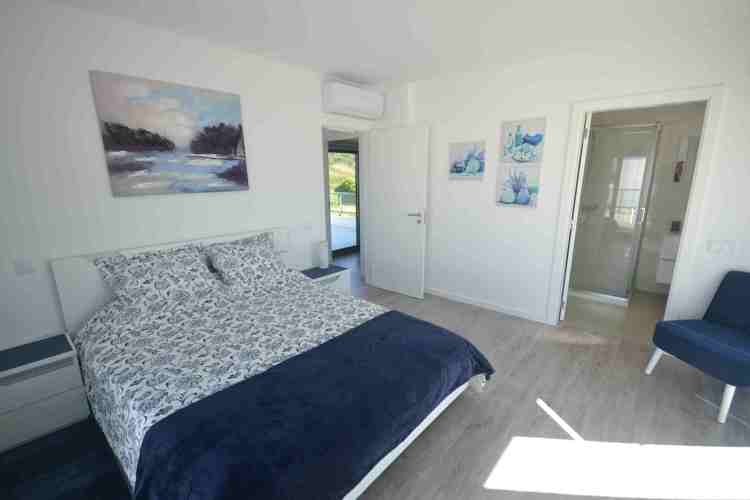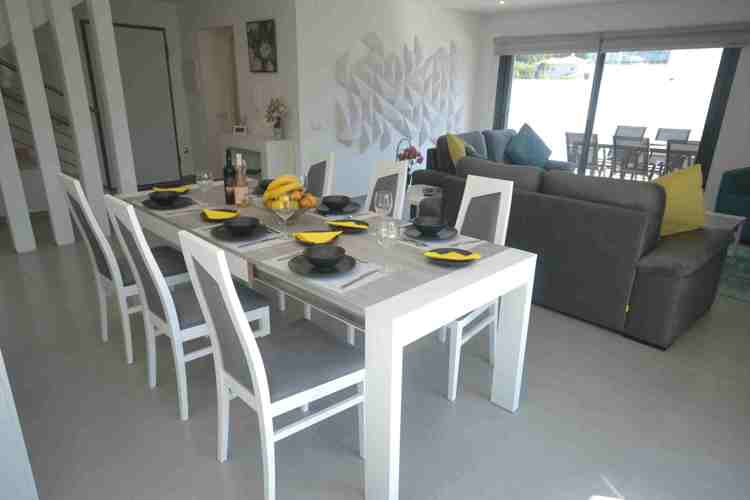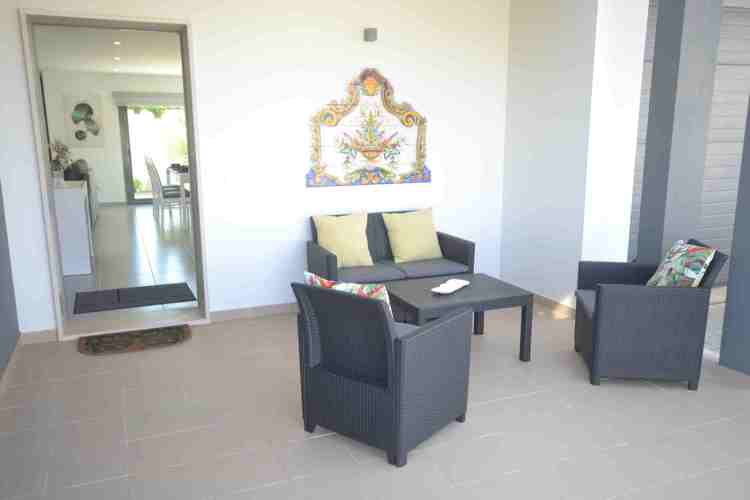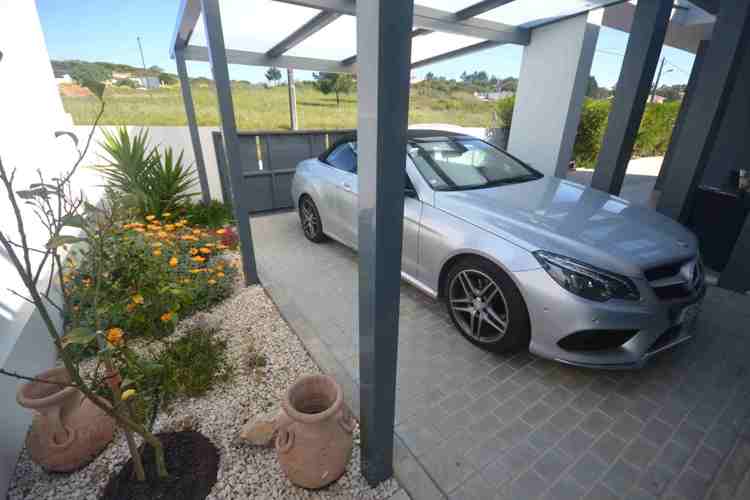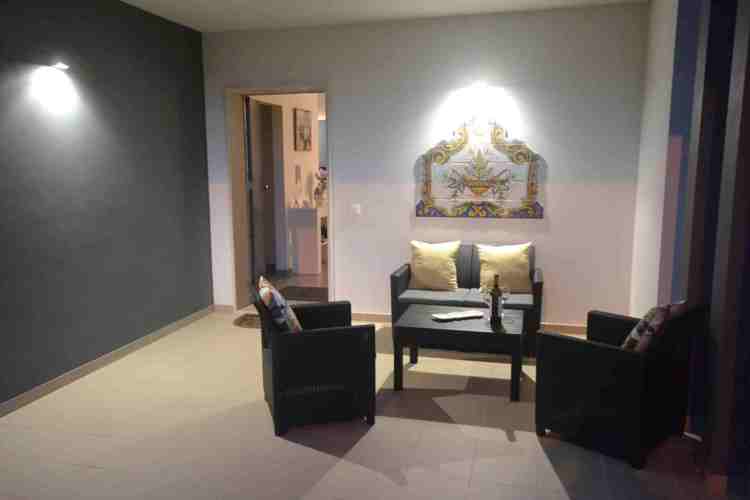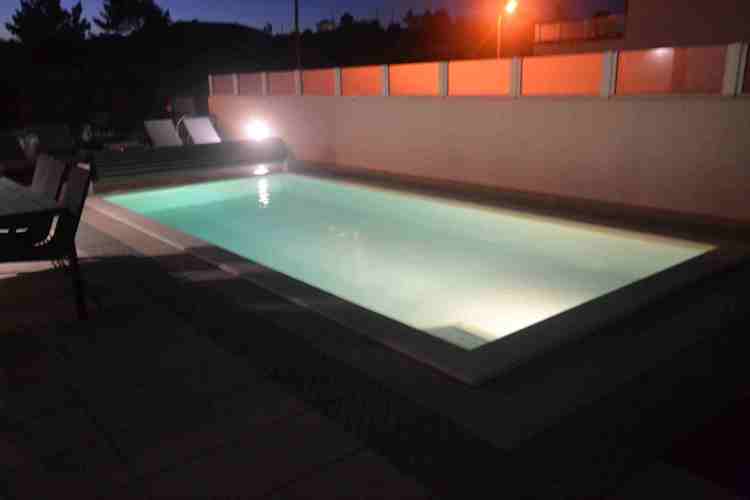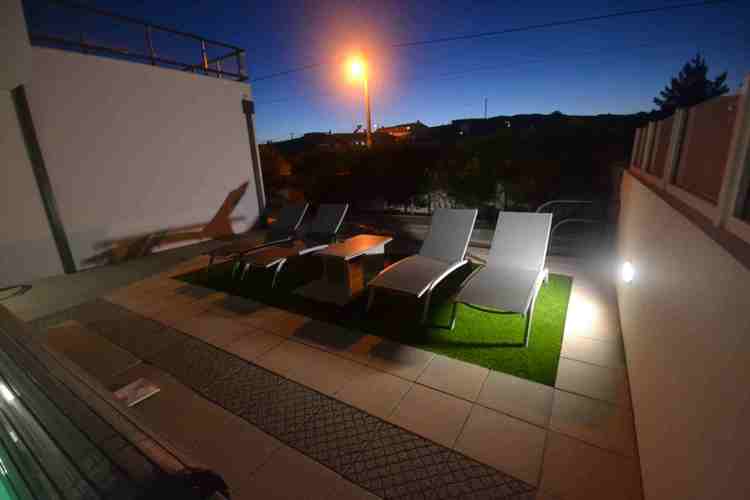Villa Vida Nova Silver Coast Photo Gallery
Click on any photo and view as a slide show!
Alcobaça
Alcobaça lies in the valleys of the Rivers Alcoa and Baça, which according to some authors is the origin of its name. It has also been suggested that it was the Arabic name of the place which was split to name the two rivers.
Alcobaça owes its fame and development to the Monastery or Royal Abbey of Santa Maria, founded by the Order of Cistercians in 1153. Building began in 1178 on land donated by Dom Afonso Henriques, the first King of Portugal, to Friar Bernardo of Claraval, founder of the Order of Cistercians, in fulfilment of a vow made after the Christian reconquest of Santarém, held by the Moors until 1147. The Monastery owned a vast area of land, also known as “sanctuaries” of Alcobaça, where the Cistercian Order put order into the settlement by organising villages and estates. It also boosted agriculture by introducing new techniques and agricultural products that turned out to be lasting characteristics of this region, which is still today one of Portugal´s main fruit producers.
With its building modelled on the Abbey of Claraval, the headquarters of the Cistercian Order in France, the Monastery of Alcobaça is a very fine monument and is classified by UNESCO as a World Heritage site. The cuisine and confectionery have been strongly influenced by the local Cistercian monasteries and convents, with the nuns’ Monastery of Cos and the Capuchin Convent in Évora de Alcobaça along with the Alcobaça Monastery itself. The most famous sweet is “Pão de ló” cake, which took its name from the place where it is made – Alfeizerão. It is important to mention the excellent quality crystal, and the earthenware and porcelain.
Timeless love story
The two magnificent tombs of Pedro and Inês, the main characters of Portugal's most beautiful, yet most tragic love story, rest next to each other in the impressive UNESCO World Heritage Monastery of Alcobaça.
The History of one of Portugal's most important monuments has also a lot of love inside. This magnificent monastery is one of the finest and most impressive examples of Cistercian architecture in Europe. Although it was built almost 900 years ago, the monastery still preserves the set of its mediaeval buildings. The church is the largest primitive Gothic church built in Portugal in the Middle Ages.
The monastery was built at the same time as the foundation of Portugal as a nation, and also shares some of its history. The Cistercian Order was founded by the Portugal’s first king, D. Afonso Henriques, following the donation of lands in Alcobaça in return for victory over the Moors during the conquest of Santarém. The Monastery of Alcobaça began to be built in 1178, following the model of the Abbey of Claraval, the Cistercian Order's mother church in France.
The monks, who traditionally wore white habits, created a unique work of civilisation in the region, reflected in the public school that was founded in 1269. The regal donations received over the course of various reigns, led to the creation of the estates of Alcobaça – vast territorial domains that were populated and cultivated by the monks, and where they founded an agricultural school.
Tasting Alcobaça
Due to its highly fertile lands, Alcobaça has always been a pivotal centre of excellence endogenous products. The apple of Alcobaça is an outstanding product that can be the perfect excuse to discover the fascinating region of Alcobaça. Healthy food at the heart of a true green sustainable revolution. The destination Alcobaça can pave the way of this urgent revolution, facing the future.
Alcobaça is also a paradise for sweet-toothed travellers. The convent-based sweets are absolutely mandatory, while visiting this enchanting city. The "cornucópias" are a true must! These delicacies were created in the Monastery of Santa Maria de Cós, founded in the 12th century, under the umbrella of the Monastery of Alcobaça. Its shape is inspired by a horn-shaped vase, which in ancient times symbolised fertility and abundance, as fruit and flowers flowed from within. These sweets are stuffed with soft eggs, made with yolks and sugar, almost the only ingredients that come into the recipe of Portuguese convent sweets, after the use of egg whites for more prosaic purposes.
Sea & sand
Alcobaça, magnificently placed between the Candeeiros Mountains and the coastline, has nine awarded safe beaches - Água de Madeiros, Pedro do Ouro, Polvoeira, Paredes da Vitória, Vale Furado, Légua, Falca, Gralha and São Martinho do Porto - that strike their visitors with eye-catching natural beauty.
Paredes da Vitória is a perfect beach for families, because of its peacefulness, safety and closeness to the river. This beach is also the perfect spot to learn surf. It benefits from excellent infrastructures with great accesses, lifeguard, bars, a picnic park and a kids' park.
The seashell-shaped beach of São Martinho do Porto, founded by the Monks of Alcobaça Monastery in the 13th century, is located halfway between Nazaré and Caldas da Rainha. This cosy beach resembles a bay with very few waves, ideal for swimming with kids, hence its popularity among families! Actually, the bay defines the identity and the spirit of the place.
